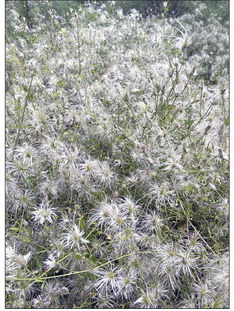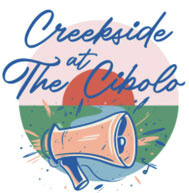Vine season is here. As you are out and about you will quickly find that vines come in many shapes and sizes, from the robust (mustang grape) to the subtle (pearl milkweed vine).
Vines can be found throughout the Texas Hill Country, and it is reasonable to say that vines are the thread that weaves and binds all the components of the wildlands together.
Vines in a nutshell are plants that have long trailing stems that add a vertical element to the wild lands. Some vines “cling,” some “lean,” some “twist” and others flat out climb. Finding out what type of vines you have or “want” is a timeless question so don’t overthink it. Nature will show you soon enough.
The Texas Hill Country is chock full of native vines with varying growth habitats. Native land and growth are something we are looking for; however, spatial arrangement and nature do not always see eye to eye.
Vines seek the vertical in certain aspects of growth habits, so you want to get the maximum potential out of them while not invading or overburdening other areas.
Vines around the homestead are an excellent addition for natural beauty while attracting numerous pollinators. “Around the house” vines are usually smaller varieties of vines due to structure proximity and upkeep. Some vines that fit into this category might include passion vine, crossvine, pearl milkweed, snail seed vine, and coral honey suckle.
The next category of vines could be considered the “over there” variety: larger, more robust in growth form and typically associated with a larger woody plant. This list might include mustang grape, trumpet vine, Virginia creeper, purple passionflower, wisteria and possibly mature poison ivy. Management will be required once these reach maturity.


The final vine category is the true wildland or the “Back 40” vine list. Mustang grape, Virginia creeper, milkweed vines, green briar, clematis, Carolina snail seed vine and poison ivy. I often envision an old fence line or a riparian soft edge with five hours of sunlight.
Certain woody species of vine can become unwieldy or overburdensome but don’t fret, you have management options. Many varieties of vines respond well to seasonal pruning and often flourish with proactive management plans.
Vines are sneakily discreet about where they grow and often lay in a ground stage before the vertical push ... if you can keep the deer away from them!
Clematis, snail seed and milkweed vine readily find shelter within loosely stacked brush piles along field margins. Poison ivy and Virginia creeper thrive in the dappled sunlight of the riparian shoulders. Green briar and mustang grape can create dense tangles that provide valuable loafing shelter and food for all types of birds and woodland varmints.
Visionary conservative Aldo Leopold suggests “the attachment of 10 times the value to your naturally occurring natives than the ones you planted.” Nature has a mind of its own and will show you the right plant in the right location. Clematis, poison ivy and green briar are perfect indicators of this theory.
A new land use initiative, the Institute for Irregular Land Management (IILM), promotes use of vertical elements on your property if you are horizontally limited to create radiant barriers, privacy screening, wildlife habitat, living partitions and vertical food options.
If you are uncertain about your vine theory and need help, I might suggest gourds, beans, morning glories, crimson climbers and purple hyacinth to get you started. If you keep chickens, you can spice up your coop area with the addition of some vertical vine elements for some much-needed shade relief.
Learn from your vines this summer season and weave your property with as many as possible because it is all part of the Texas Hill Country tapestry. Stop by the shop if you need any help or pick up some seeds.
See you in the woods!
David Touchon is Land Manager for The Cibolo Center or Conservation







Comment
Comments